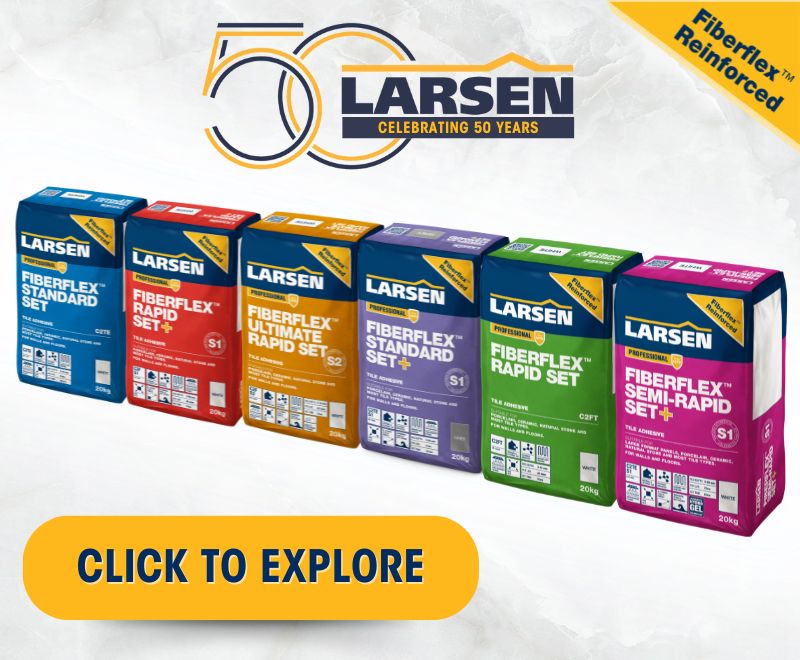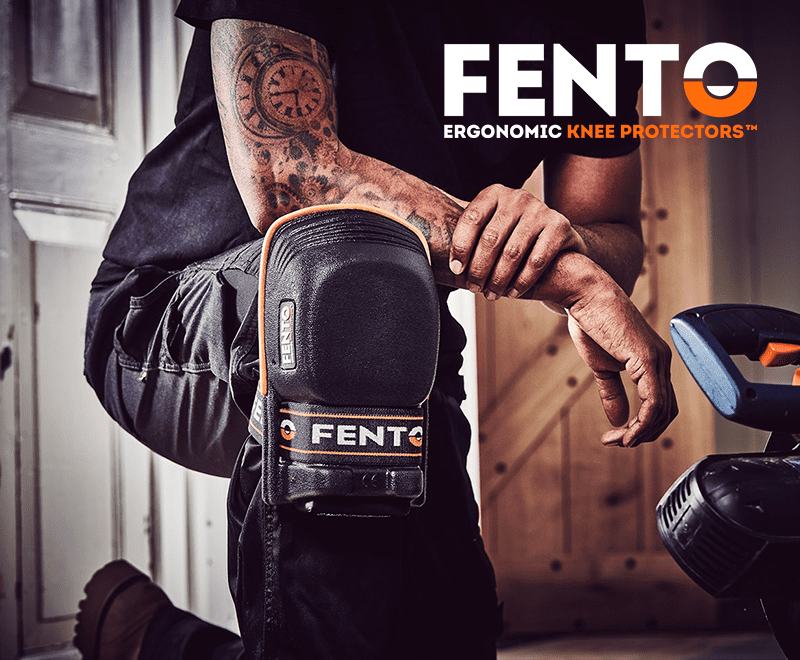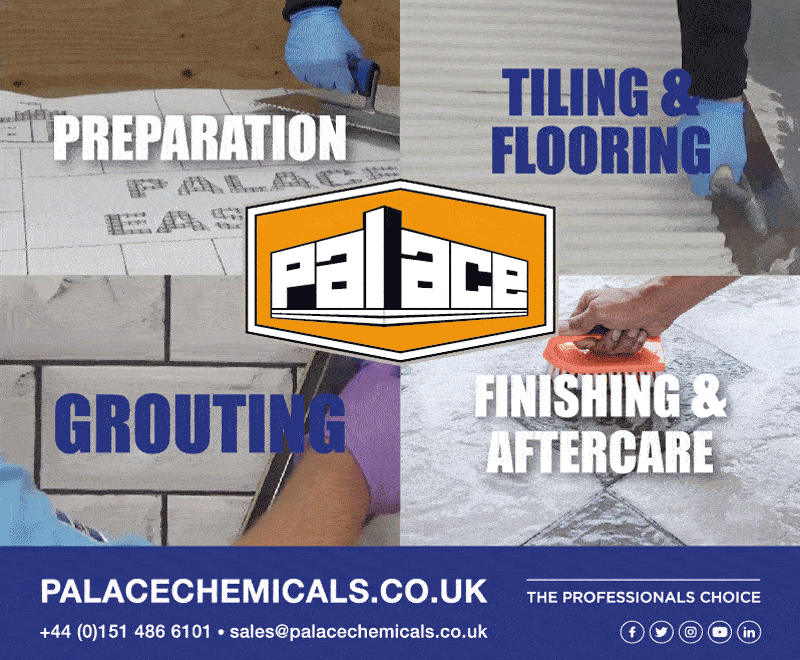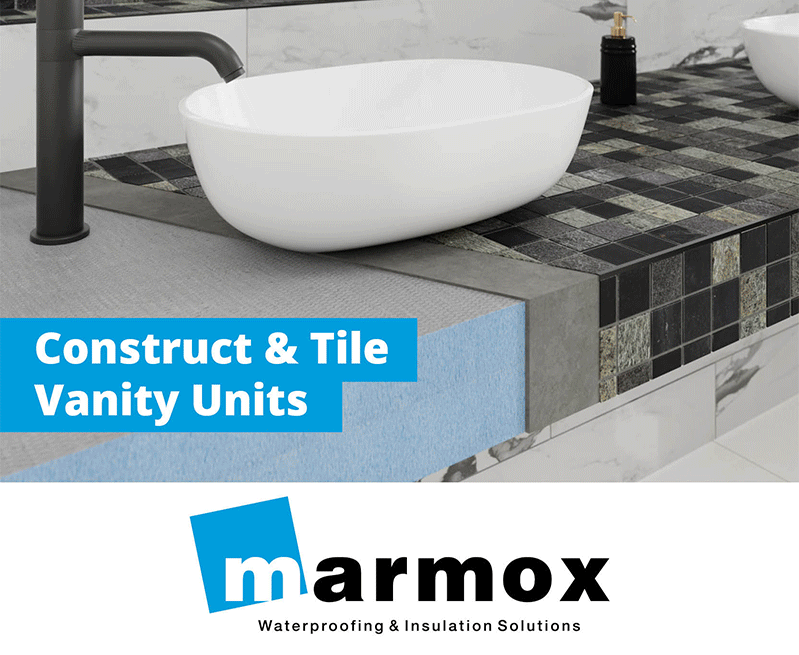Mark Atkins, director of LTP, provides an overview of the maintenance that’s required for pool sides.
Stone and porcelain pavers are the most popular surface choice for pool surrounds, spa areas and wet play zones. They’re hardwearing and easy to keep clean but, if not maintained correctly, they can create a slip hazard. This is rarely the fault of the tile. Most materials specified for these environments are textured, so they provide grip under foot. Problems occur when dirt and residue is allowed to build-up on the tile, effectively filling in the texture. So, how can these problems be avoided and any issues addressed?
Organic dirt and slippery algae
A build-up of organic material and algae are two of the common causes of slippery tiles. Organic contaminants include food, drinks, cosmetics and sun cream. There’s also environmental contamination from bird droppings, rainwater and dirt, as well as from grass, leaves and petals blown onto surfaces. Microscopic algae will also flourish in damp areas; it comes in many guises and creates a slippery residue that can create a hazard underfoot. During maintenance, it’s also not uncommon for surfaces to be washed with detergent and rinsed with pool water, which recontaminates the surface, compounding the problem.
A blast with a jet wash may seem like a quick and easy way to clean pavers but it will only wash dirt off the surface. Use of excessive amounts of water can also exacerbate staining and slip issues and jet washing can loosen grout, erode a stone surface and damage any protective sealant applied. To remove organic residue, you’ll need to use an alkaline-based cleaner. This will break down the residue without damaging the surface or, in the case of stone, any sealer applied.
Always follow the application instructions carefully; some products may need to be left on the tile surface for sufficient contact time until the dirt releases. The surface should then be thoroughly rinsed with clean water. Scrubber machines can also be used, where suitable.
To remove slippery algae, we recommend an algae remover. These products may also be an alkaline-based cleaner formulated to remove mould, black spot, lichen, fungus and algae. They break down ‘tendrils’ below the surface, as well as preventing regrowth. The treatment can be applied directly to the tile surface, left to act and should then be thoroughly rinsed.
Limescale deposits
Limescale can quickly build up in wet environments, especially in hard-water areas, and, like organic residue, it’s a magnet for dirt. Here, we recommend treatment such as cement, grout and salt residue removers. Unlike acid-based solutions, these removers can safely be used on stone and porcelain. It doesn’t tarnish or affect chrome or stainless steel either, which makes it ideal for use around pool steps and in shower areas. Treatment will also remove any grout residue and application is very easy; you dilute the remover according to build-up, apply it with a cloth or sponge, scrub tiles with a white emulsifying pad and then thoroughly rinse surfaces with clean water.
Two types of rust
Rust staining is also another common problem. It’s generally caused by metal objects, like rusting BBQs, metal umbrella stands, sun loungers, pots and garden tools. Tiny deposits of iron wash off the surface of the objects when they contact moisture and these deposits then leave a rust stain. Some weed killers and lawn fertilisers can create rust stains as they contain ferric sulphate iron particles; these stains appear as little spots of rust. We refer to these issues as ‘surface rust stains’.
Rust or orange-coloured discolouration can also appear naturally in hard ferrous-type stone and it’s particularly common in sandstone. These stones naturally contain iron which can oxidise or rust when it rains. Stains often appear after laying and are easy to identify because the appearance is normally a gradual phasing in which results in a bloom of orange colour across the surface of the stone. We refer to these as ‘naturally occurring rust stains’.
Each type of stain needs to be removed with a different type of solution. For surface rust stains, we recommend a rust stain remover. Safe to use on all types of tile and stone, the remover is applied neat and left to act for 15 minutes, where it will change to deep purple as it reacts with the rust. Tiles should then be rinsed with clean water.
Naturally occurring rust stains need to be removed with a specialised acid-based cleaner formulated for hard ferrous stone. These treatments are left to act over a longer period of time before rinsing and aren’t suitable for acid-sensitive stone. Some natural stones may appear darker after treatment, as the product continues to work following the initial application. This is normal and the darkening effect will gradually subside.
Adopting a good maintenance regime
If you’re planning a new installation, or have just renovated an existing tiled area, it’s worth protecting the surface from stains going forward. We recommend an external stone sealer for natural stone and barrier treatment and a porcelain tile protector for matt porcelain pavers. Both are non-film forming and will help prevent the absorption of moisture and organic particles, reducing staining and also the spread of algae, mould and black spot.
Going forward, tiled areas will benefit from a thorough clean every couple of months or so – ideally, three times during late spring/summer and twice during the winter. Residue acts as a key to dirt and surfaces that are regularly cleaned will be far easier to keep clean and safe. g
01823 666213
info@ltp-online.co.uk
www.ltp-online.co.uk











